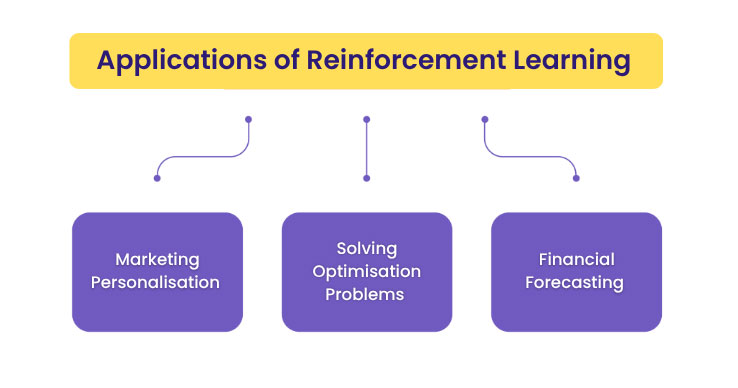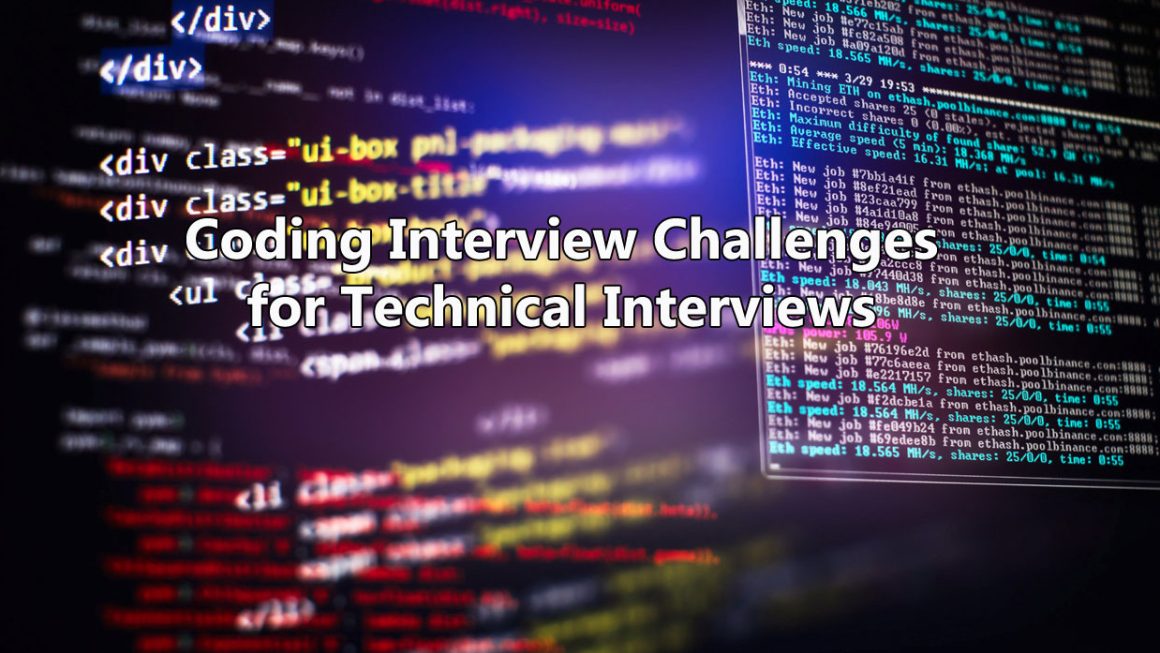Deep Learning Architectures – A Deep Dive
Deep learning is a subset of artificial intelligence that has recently gained significant traction. It uses artificial neural networks to enable computers to learn from vast amounts of data, without being explicitly programmed. As a result, deep learning has made significant advancements in areas such as computer vision, natural language processing, and speech recognition. In this article, we will take a deep dive into the latest deep learning architectures and how they are revolutionizing various industries.
4 Latest Deep Learning Architectures
1. Convolutional Neural Networks (CNNs)
Convolutional Neural Networks (CNNs) are deep learning architectures primarily used in image recognition and processing. They use convolutional layers to extract features from the input image and then use fully connected layers to classify the image. CNNs have been highly successful in tasks such as object detection, image segmentation, and classification. In recent years, advances in CNNs have led to the development of architectures such as ResNet, Inception, and MobileNet, which have improved the accuracy and efficiency of image recognition tasks.
2. Recurrent Neural Networks (RNNs)
Recurrent Neural Networks (RNNs) are deep learning architectures that are used for sequential data processing, such as speech recognition and natural language processing. They use recurrent connections to allow information from previous time steps to flow into the current step, allowing the network to maintain a state and process sequences of variable lengths. RNNs have been highly successful in tasks such as language translation, text generation, and speech recognition. In recent years, advances in RNNs have led to the development of architectures such as LSTMs and GRUs, which have improved the ability of RNNs to handle long-term dependencies and process large amounts of sequential data.
3. Generative Adversarial Networks (GANs)
Generative Adversarial Networks (GANs) are deep learning architectures that are used for generative modeling. They consist of two networks: a generator network that generates synthetic data and a discriminator network that evaluates the synthetic data and decides whether it is real or fake. The generator network is trained to generate data that is indistinguishable from real data, while the discriminator network is trained to distinguish between real and fake data. GANs have been highly successful in tasks such as image synthesis, style transfer, and super-resolution. In recent years, advances in GANs have led to the development of architectures such as StyleGAN and BigGAN, which have improved the ability of GANs to generate high-quality synthetic data.
4. Transformer Networks
Transformer networks are deep learning architectures that are used for natural language processing tasks. They use self-attention mechanisms to allow the network to focus on specific parts of the input sequence and process the sequence in parallel, allowing for faster processing times. Transformers have been highly successful in tasks such as language translation, text classification, and question answering. In recent years, advances in transformers have led to the development of architectures such as BERT and GPT-3, which have improved the ability of transformers to understand the context and relationships between words in a sentence.
In conclusion, deep learning has revolutionized various industries by allowing computers to learn from vast amounts of data and make predictions based on that knowledge. The latest deep learning architectures have significantly improved in areas such as image recognition, natural language processing, and generative modeling. As deep learning continues to evolve and improve, it will likely have even more impact on various industries in the future.

Hope you liked reading the article, A deep dive into the latest deep learning architectures. Please share your thoughts in the comments section below.
For more such industry-related news about data science, follow our LinkedIn Page.
Read our article, A comparison of popular machine learning algorithms.





